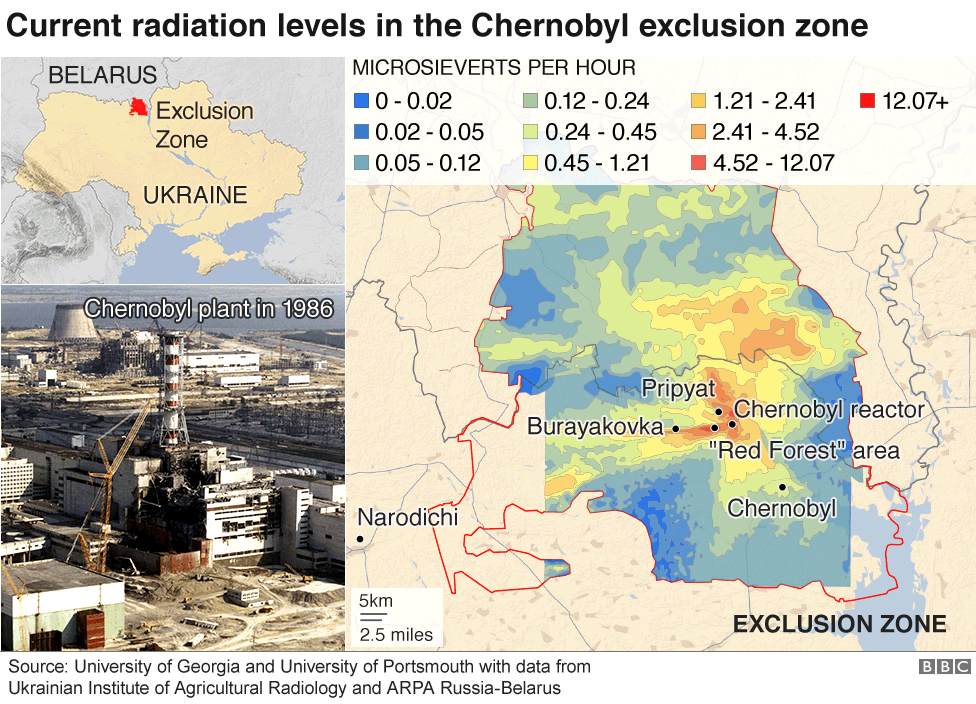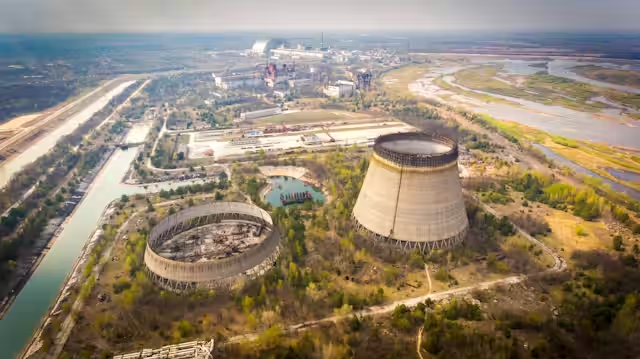Exactly 39 years ago today, on April 26, 1986, a horrific accident occurred: the explosion of Unit 4 at the Chernobyl nuclear power station. The blast and resulting fire released massive amounts of radioactive material into the environment. Fearing political vulnerability, the USSR concealed the disaster for two days, until Swedish officials detected elevated radiation levels and demanded answers.
Short-term effects: The toxic effects were immediate. Twenty-eight of the site’s 600 workers died within the first four months, and another 106 suffered from acute radiation sickness due to high exposure.
Contamination extended beyond Chernobyl, affecting neighbouring Belarus, Russia, and Ukraine. Many children and teenagers consumed milk tainted with radioactive iodine, delivering high doses to their thyroid glands. To date, about 6,000 cases of thyroid cancer have been detected among these children, though fortunately, 99% were successfully treated.
Beyond physical health, there were significant psychological impacts. Evacuees and residents reported higher rates of depression, alcoholism, and anxiety, along with negative self-perceptions of health, unexplained physical symptoms, and fears of a shortened lifespan.
Long-term effects: Immediately after the explosion, an area of about ten square kilometres turned into the so-called “Red Forest,” as radiation killed the trees, turning them reddish-brown.
Today, the Chernobyl Exclusion Zone is paradoxically both desolate and thriving. Although trees have regrown, scientists have observed elevated rates of cataracts, albinism, and declines in beneficial bacteria among some wildlife species. However, in the absence of human interference, animal populations – including lynxes, elk, and wolves – have flourished. In 2015, scientists estimated seven times more wolves in the zone than in nearby reserves.
Meanwhile, the city of Pripyat, built in the 1970s to house plant workers, remains an abandoned ghost town and serves today as a natural laboratory for studying radioactive fallout patterns.
In conclusion, the Chernobyl disaster remains one of the most significant technological catastrophes in human history. Its legacy is a complex mix of tragedy, scientific insight, and resilience – a stark reminder of the risks of nuclear energy and the lasting impact of human actions on the environment.


Leave a Reply